I’m all for a good deal. I love feeling like I got something for less than its market value, and get the usual high from the thrill of the hunt. I’m not adverse to online shopping before bed, and I’m periodically susceptible to the re-messaging ad containing the trendy new handbag I abandoned 5 days ago. Full disclosure, though, I’m pretty thrifty overall. I do shop the economical grocery location first, going to a big box store to fill in the gaps of goods not available at Aldi. I have a budget and stick to it, and “use the entire antelope” when cooking for my family. (How do you think I afford the occasional re-messaged handbag?) But I am not—I repeat am not a coupon clipper. And statistically, I’m not alone.
From 2013 to 2017, the value of redeemed coupons in the US grew by an average of twenty-five cents. In the food industry (grocery and restaurant combined), the mean value in 2017 was $1.22. Non-food, meaning goods, services, clothing and other, registered at a mean value of $2.29. But the number of us redeeming clipped coupons has dramatically dropped. In the same period as noting above, redemption rates dropped by .7 billion instances. In 4 years time, the United States went from 2.9 billion redemptions to 2.2 billion. The obvious takeaway: couponers are working harder and offering better deals to gain share, and the US population is walking away from this tactic. To further support that notion, 40% of US respondents indicated shopping for coupons only after a product was selected for purchase. (Statista)
Of this trend, Killian Branding says, “Coupons are suffering from declining redemption rates. This is due in part to the increasing avalanche of coupons being distributed. In the future, marketers must look at coupons as only a weapon in a broader tactical effort, never as a strategy.”
What Your Customers Actually Want
- 46% of online shoppers want more product comparisons from e-commerce sites in order to be able to find the right product (BigCommerce, 2018).
- 77% of customers expect businesses to offer products that cater to their personal tastes (KPMG, 2017).
- 81% of shoppers conduct online research before buying (Adweek, 2014)
By the year 2020, customer experience will be overcome price and offer in purchase decisions, as reported by Walker, 2017. It’s 2019, friends. That time is here.
If you aren’t finding ways to personalize the journey for your clients and customers, making your engagements with them special, calling them by name and using surprise and delight to your advantage, your customer journey strategy needs to be re-examined. Your customers must be able to search for and find information on your brand in real time. And that means video. Tutorials, Long-form narrative content. White Paper downloads. And above all else, the most beneficial content: user generated content on your product.
Killian Branding also contributed this, “Ever wonder why so many new products succeed at launch but perform poorly in the post-test market? The heavily-couponed or widely-sampled product tested is not perceived as the same product as the one ultimately sold. The usual excuse, that getting consumers to “try” so they’ll discover the quality and be willing to pay full price in the future, asks consumers to do work for which they have neither time nor inclination.
I’d like to think that I could go without cheese and beer long term in order to keep my hip measurements (closer to) where I’d like them to be. But the truth is, I can’t imagine life without carbs or fats. I would far rather be healthy knowing that I chose the healthiest of fats in my salmon-paired-with-avocado entrée. Just like I’d never give up bread for anything more than a brief period, I will never practice something painful long term, like coupon clipping week after week. I’d like whatever business I choose to know that I love salmon and avocado, and serve them to me because they know my preferences. And I want it for a reasonable price, without having to work for it.
Of couponers, Fast Company had this to say. “Consumers become conditioned to buying only during sales…. Consumers also become increasingly focused on price over product differentiators and perform mental trade-offs based primarily on cost/benefit versus emotional attachment to the brand. They are also much more likely to switch between brands just to get a good price. For the company this means that it is continually selling its product at a lower price throughout the year and offering steeper discounts to woo customers back from the competition. Over several years this continued discounting erodes margins significantly.”
The Value Proposition
A coupon will attract someone. But is it the right someone? Knowing that this will become a customer for life would be a great thing going in. But it isn’t likely. It the only deciding factor is price, the customer will go where the discount is best.
Further, the message sent by steep discounts is one that will be interpreted negatively, no matter what the story is that accompanies it.
For first time buyers only! – We can’t attract new clientele without a discount, so we are using this way to entice you. Hopefully you’ll stick around.
For a limited time! – We’ll extend this until we’ve hit our sales number.
Buy one, get one! – Our business model is based on volume, and we need to get rid of this before it goes bad, because we don’t have enough clientele to support our production line.
If discounting is your strategy, it is as empty as the yo-yo diet. You lose and gain clientele as rapidly as the pounds bounce back when you decide you can’t do without bread. Eat the roll, and put your energy into a loyalty program instead, rewarding the people that champion your brand for you.
INDUSTRY INSIGHTS
Blog Posts
Small Brand, Big Impact: Why Size Is Your Branding Advantage
Strategy & Insights
In a world dominated by corporate giants, your small business's branding isn't just an expense—it's your secret weapon. Learn how strategic branding creates authentic customer…
Why the Super Bowl is Important for Marketers, Especially if Your Team isn’t Playing
Strategy & Insights
The Super Bowl transcends football, becoming a cultural phenomenon where Americans collectively spend $17.3 billion on game day celebrations. But beyond the snacks and spectacle…
How Dad Jokes Accelerated a TikTok Account
Strategy & Insights
When creating content for social media, consistency and clear audience expectations matter as much as quality. A 34-day TikTok experiment with Christmas dad jokes showed…
WE'RE HERE TO HELP
Grow Your Business
The MLive Media Group of today drives Michigan businesses to greater success. Contact us with any opportunities for us to help you.


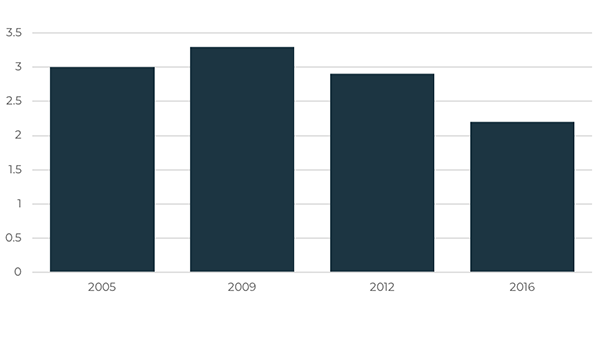
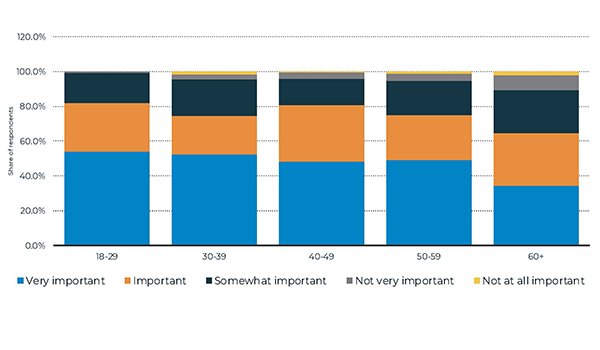
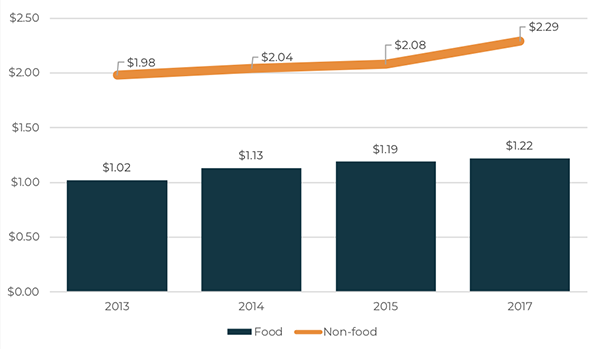
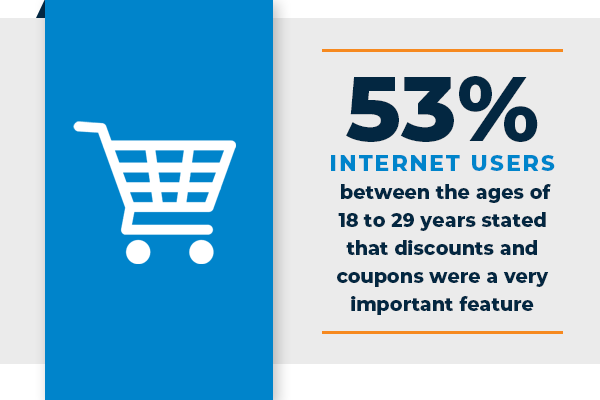
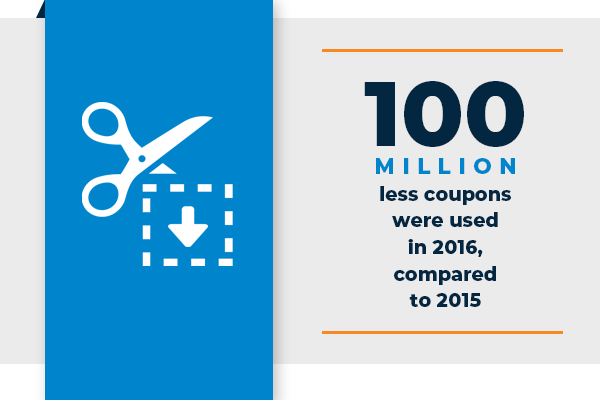
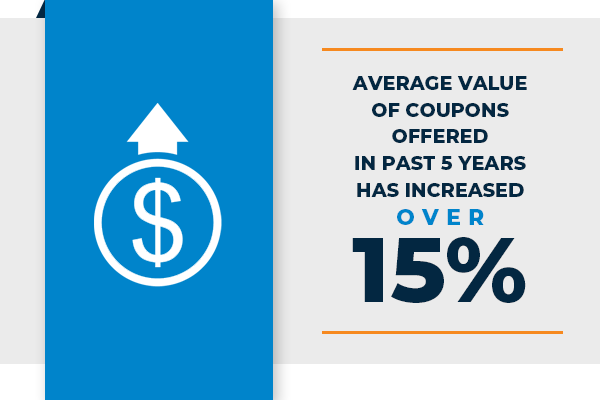
 Ad Choices
Ad Choices
